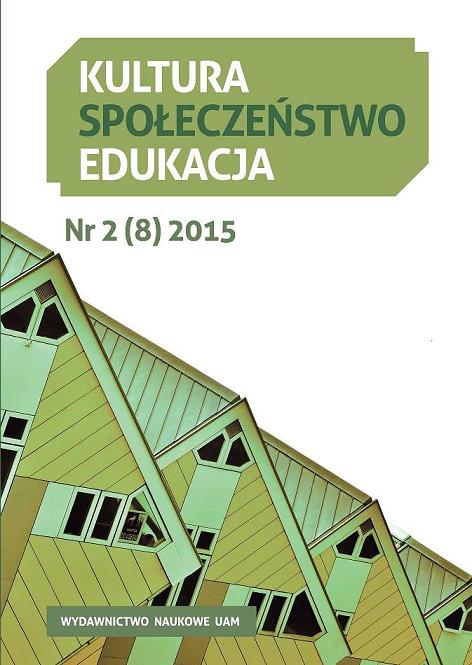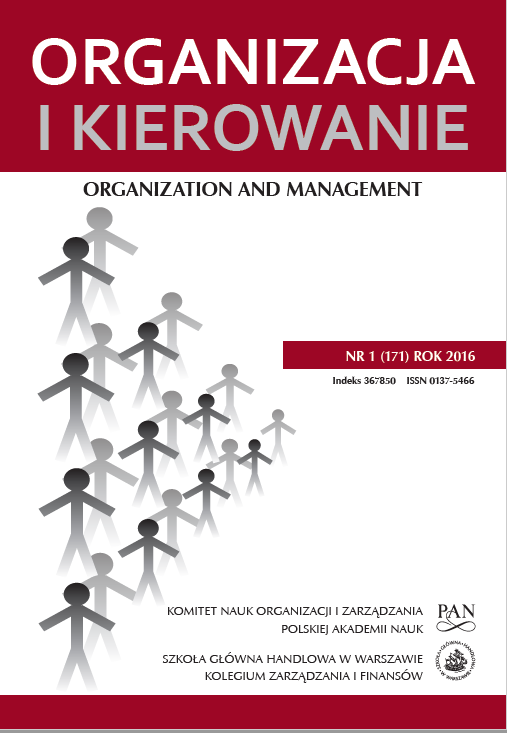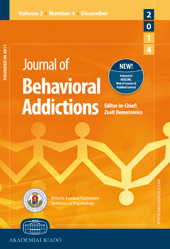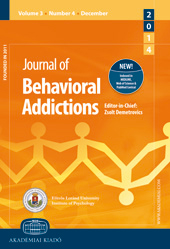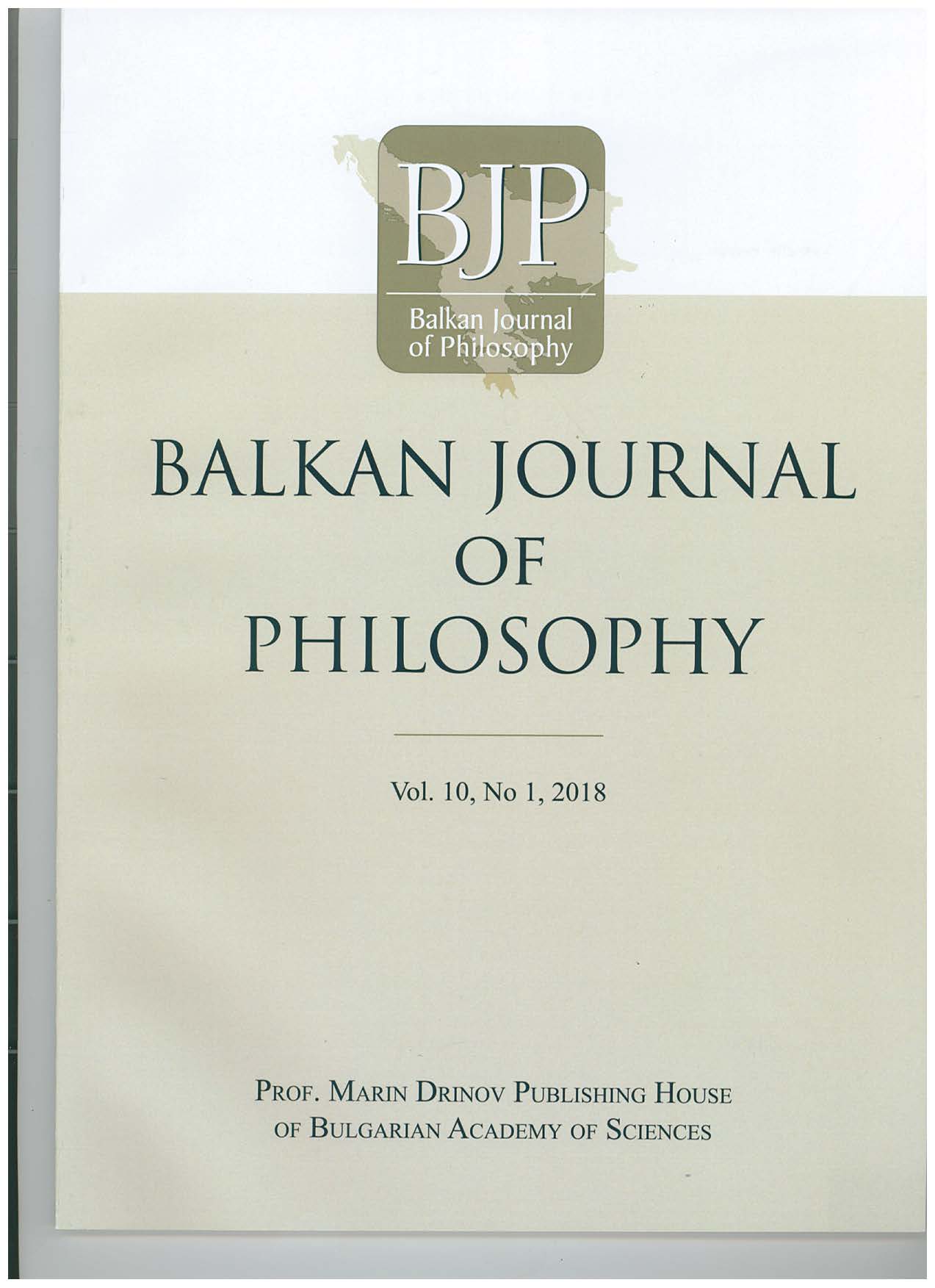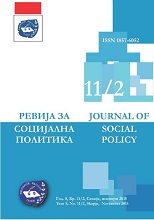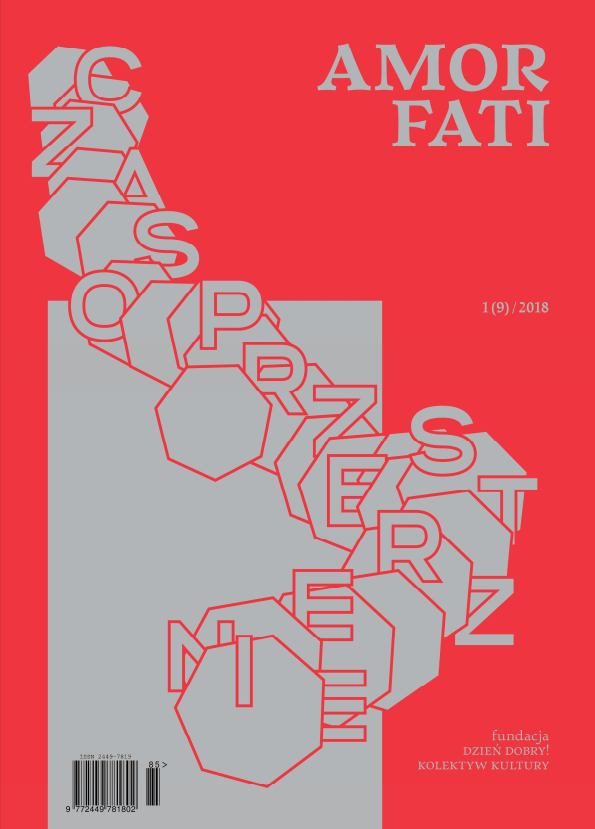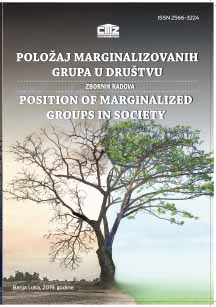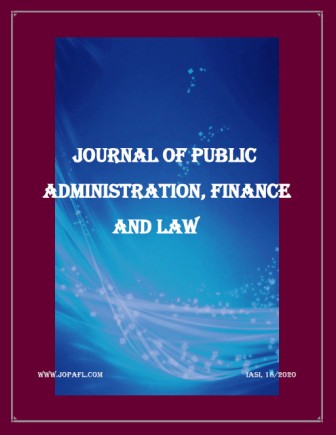
Hipoteza matczynej odporności jako wyjaśnienie efektu starszych braci
Fraternal firth order (FBO) indicates that a correlation exist between the number of older brothers and the probability of homosexual orientation in men. Up to date, the most plausible explanation of this effect is the maternal immune hypothesis (MIH). According to it, mother produces anti-masculine antibodies that then react with brain receptors in the fetus, making it more likely to become homosexual in future. The side effect could be lowering of birth weight of the sons. However, the results are still inconclusive, because a variety of pregnancy pathologies also affect birth weight. The aim of this review is to indicate areas requiring further studies to confirm MIH, as well as to suggest future research directions. We are convinced that MIH remains plausible explanation of FBO, but requires collecting more empirical data.Efekt starszych braci (efekt starszych braci - fraternal birth order; dalej FBO) wskazuje na istnienie korelacji pomiędzy liczbą starszych braci a orientacją homoseksualną u mężczyzn. Najbardziej prawdopodobnym wyjaśnieniem FBO jest hipoteza matczynej odporności, postulująca występowanie u matki przeciwciał przeciw męskim antygenom płodu. Efektem ubocznym wystąpienia takich przeciwciał mogłaby być mniejsza masa urodzeniowa chłopców. Wnioski płynące z tych badań są jednak trudne do interpretacji, ponieważ mogą być zniekształcone przez rozmaite patologie ciąży. Celem przeglądu jest wskazanie obszarów, które wymagają dalszych badań w celu potwierdzenia hipotezy matczynej odporności oraz możliwych kierunków przyszłych badań. Postulujemy, że hipoteza matczynej odporności jest wiarygodnym wyjaśnieniem efektu starszych braci, jednak wymaga ona szerszego poparcia empirycznego.
More...
